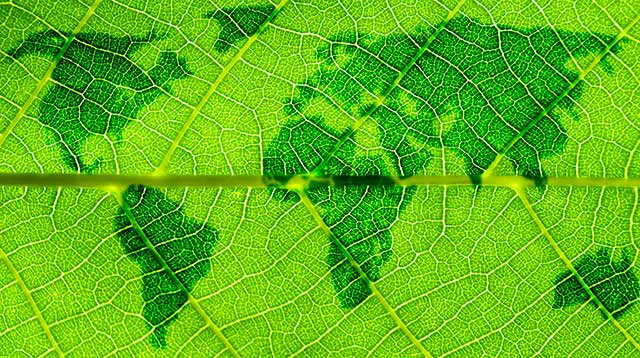Course description
The Environmental Systems & Societies course is a trans-disciplinary course that integrates physical and biological sciences, coupled with a societal viewpoint, in order to help students understand the environment and its sustainability. The purpose of this course is to expose students to the interrelationships of the environment and societies, and the nature of their interactions, so that they can create their personal set of ideas to a wide range of pressing global issues.
The aims and objectives which drive ES&S are influenced by the IB Learner Profile, as its different aspects lend to the unique, meaningful learning experiences for the students.The IB Learner Profile also provides avenues for students to discover and develop an international dimension. The ES&S curriculum promotes an understanding of environmental processes in an internationally minded way. The students will consider the interdependence of peoples, communities and nations around the world as governmental and non-governmental agencies work to manage and preserve the resources of our globe’s environment. This course of study will provide the skills necessary for students to analyze, promote cultural awareness, connect technology and its influence on the environment, and realize that global societies are linked to the environment at a number of levels and at a variety of scales and the resolution of many of these issues rely heavily on international relationships and agreements.
As a result of this course the students will develop a holistic appreciation of complexities of local and global environmental issues and how different societies influence them. (International-mindedness) The students will consider the costs & benefits of human activities both for the environment and societies.
ATL Skills
Developing thinking skills, social skills, communication skills, self-management skills and research skills.
Integral to the experience of students in any of the group 4 courses is their experience in the classroom laboratory or in the field. Practical activities allow students to interact directly with natural phenomena and secondary data sources. These experiences provide the students with the opportunity to design investigations, collect data, develop manipulative skills, analyze results, collaborate with peers and evaluate and communicate their findings.
Group 4 Aims
Through studying biology, chemistry or physics, students should become aware of how scientists work and
- Communicate with each other. While the scientific method may take on a wide variety of forms, it is the
- Emphasis on a practical approach through experimental work that characterizes these subjects.
- The aims enable students, through the overarching theme of the Nature of science, to:
- Appreciate scientific study and creativity within a global context through stimulating and challengingopportunities
- Acquire a body of knowledge, methods and techniques that characterize science and technology
- Apply and use a body of knowledge, methods and techniques that characterize science and technology
- Develop an ability to analyse, evaluate and synthesize scientific information
- Develop a critical awareness of the need for, and the value of, effective collaboration and
- Communication during scientific activities
- Develop experimental and investigative scientific skills including the use of current technologies
- develop and apply 21st-century communication skills in the study of science
- Become critically aware, as global citizens, of the ethical implications of using science and technology
- Develop an appreciation of the possibilities and limitations of science and technology
- Develop an understanding of the relationships between scientific disciplines and their influence onother areas of knowledge.
Syllabus outline
|
PSOW and Group 4 project
The requirement is for a theme addressed form all disciplines. An approach is to form small students groups (where all subjects are represented in each group), brainstorm for a possible theme and then make proposals to the general assembly of students. Teachers can veto themes which they think cannot be approached by their discipline. Students vote and the theme with the most votes is selected. Then students discuss with their subject teacher possible experimental approaches.
Assessment Objectives
The assessment objectives for biology, chemistry and physics reflect those parts of the aims that will be
formally assessed either internally or externally. These assessments will center upon the nature of science.
Its the intention of these courses that students are able to fulfill the following assessment objectives:
1. Demonstrate knowledge and understanding of:
a. facts, concepts and terminology
b. methodologies and techniques
c. communicating scientific information.
2. Apply:
a. facts, concepts and terminology
b. methodologies and techniques
c. methods of communicating scientific information.
3. Formulate, analyse and evaluate:
a. hypotheses, research questions and predictions
b. methodologies and techniques
c. primary and secondary data
d. scientific explanations.
4. Demonstrate the appropriate research, experimental, and personal skills necessary to carry out insightful and ethical investigations.
Assessment outline—SL
|
|||||||||||||||||||||
